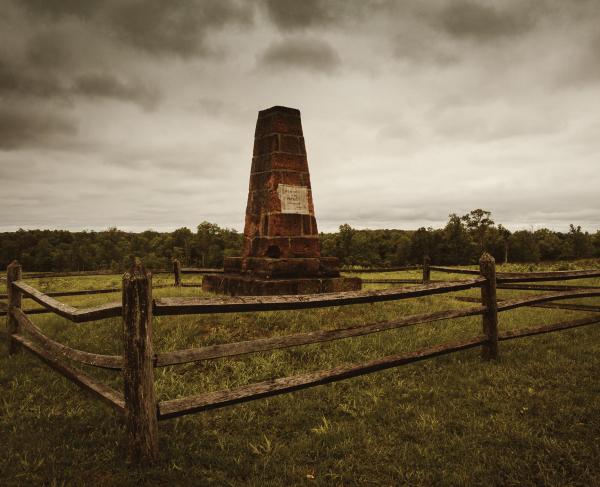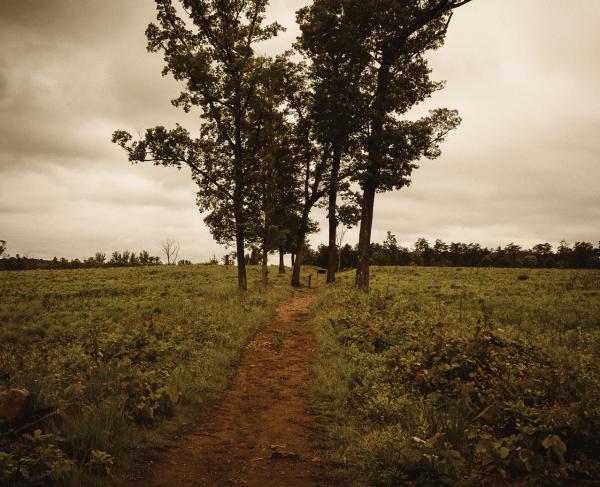A Scary Sequel
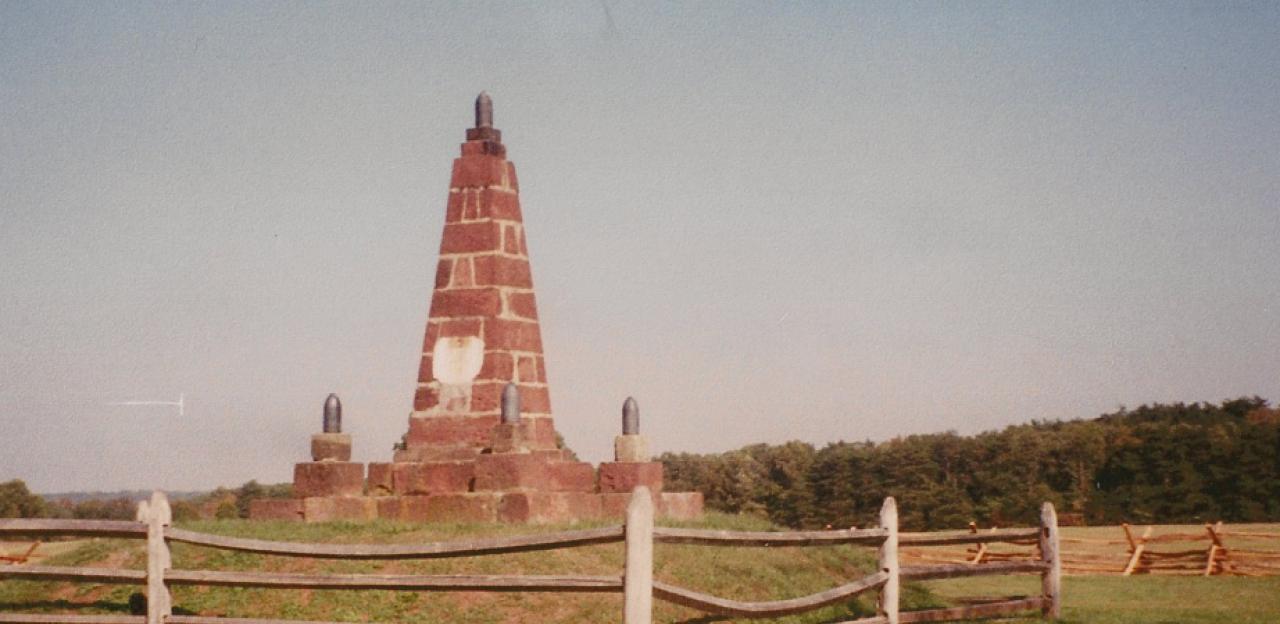
Daniel T. Davis and Phillip S. Greenwalt, Hallowed Ground
“Bring out your men, gentlemen.”
The order that Confederate Maj. Gen. Thomas J. “Stonewall” Jackson gave to initiate the Battle of Brawner’s Farm was simple, but consequential, signifying the opening salvos of the Battle of Second Manassas. Although the number of troops engaged was small compared to other clashes, Brawner’s Farm had lasting ramifications for the Confederate army.
The fighting itself was done by a single Union division under the command of Brig. Gen. Rufus King, which included Brig. Gen. John Gibbon’s soon-to-be-famous Iron Brigade, and two Confederate divisions under Maj. Gen. Richard Ewell and Brig. Gen. William Taliaferro. The battle was a stand-up affair, in which the men fired volley after volley into each other on the evening of August 28, 1862. It foretold both the butchery to come in the remainder of the Northern Virginia Campaign and the slaughter that occurred the next month in western Maryland.
The Battle of Brawner Farm deserves recognition because the consequences of what occurred in the woods and fields around the Brawner Farm and the Warrenton Turnpike reverberated throughout the remainder of the war. By the time the smoke cleared, both Confederate division commanders had been wounded, and one of the most famous Union infantry brigades had been given its first taste of battle and death.
The wound that Ewell received that day resulted in the amputation of his left leg, causing Jackson to lose his most trusted and effective division commander. By the time Ewell returned to duty, his former commander was dead. Thrust into a new role as Jackson’s successor, Ewell soon found that taking orders from Gen. Robert E. Lee was quite different than receiving them from Jackson, a contrast in styles would affect Ewell’s decisions when he finally returned to action at Gettysburg.
Strategic Situation
The closing days of June 1862 played witness to Lee and the Army of Northern Virginia pushing back George B. McClellan’s Army of the Potomac from the doorstep of Richmond. Just as Lee assuaged this immediate threat to his capital during the Seven Days’ Battles, another began to emerge on the horizon. By the middle of the month, Lee was facing fresh peril, the newly formed Army of Virginia under the command of Maj. Gen. John Pope.
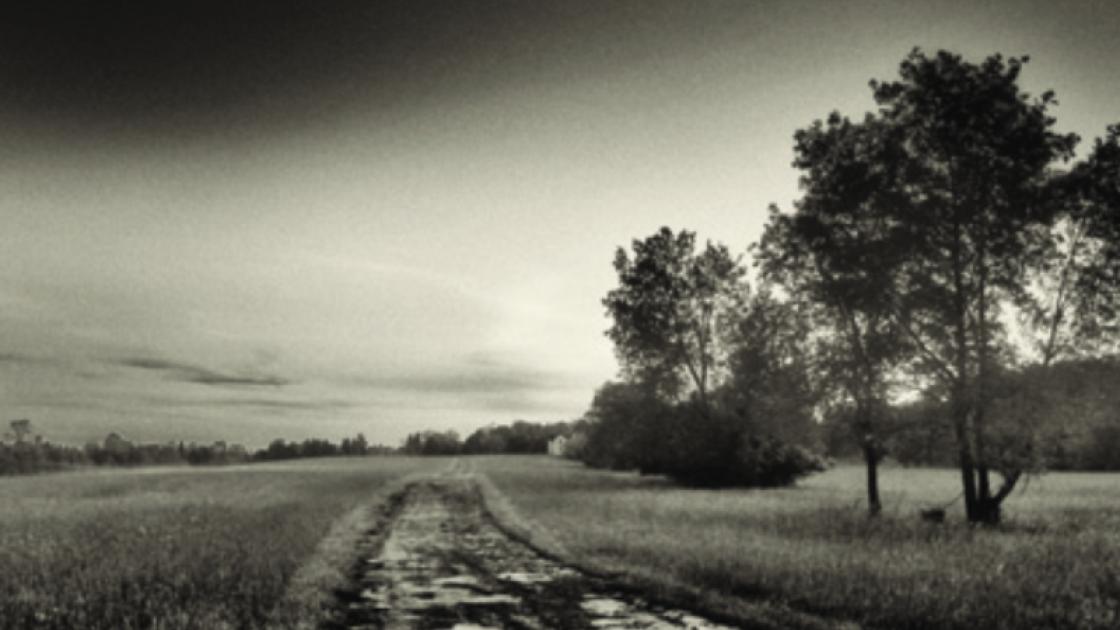
Pope’s army was forming in the northern part of the state, a prime position from which to move south and threaten not only Richmond, but also Lee’s vital railroad connections to the Shenandoah Valley. This prompted the Confederate commander to dispatch the left wing of his army, a force under Jackson, to Gordonsville in an effort to stave off Pope’s advance. Jackson engaged one of Pope’s corps just a few miles south of Culpeper Court House at the Battle of Cedar Mountain on August 9. The day-long battle did not render any strategic or tactical advantage for either side; at its conclusion Jackson withdrew to Orange Court House, while the Federals remained at Culpeper.
Only after confirming that the Army of the Potomac had begun withdrawing from his immediate front did Lee leave Richmond to join Jackson. Upon arriving in the Confederate camps to find that Pope had taken up a strong position between the Rappahannock and Rapidan Rivers, Lee devised a plan to assail his opponent. Unfortunately, when Confederate dispatches outlining the plan were captured by Pope, the blue troops were quickly withdrawn to the north bank of the Rappahannock, leaving the promising strategy unfulfilled.
Lee pursued him, and several days later it was the Confederates’ turn to capture valuable intelligence concerning their enemy’s plans. This new information revealed that elements of the Army of the Potomac had arrived near Fredericksburg and were under orders to join the Army of Virginia. If this occurred, Lee would be facing vastly superior numbers and more than likely would have to relinquish the initiative gained when Pope withdrew to the Rappahannock.
The March to Brawner’s Farm
Lee knew this was the time to act and, on August 25, he dispatched Jackson’s wing on a wide flanking march around Pope’s right. The maneuver was designed to get between Pope and Washington, forcing him to abandon the Rappahannock line. Once Pope withdrew, Lee would follow with the remainder of his army. Two days of hard marching brought Jackson’s veterans to Pope’s supply base at Manassas Junction, well to the Union army’s rear. The Confederates burned what they could not carry off, and Jackson marched his tired men to the vicinity of the old Bull Run Battlefield. Arriving there, he took up a position on a long ridge that ran roughly parallel to the main road in the area, the Warrenton Turnpike. Already a naturally defensive position, the high ground was bolstered by an unfinished railroad cut that provided excellent cover for the Confederates. Taking up a position near the left of Jackson’s line was a division commanded by Brig. Gen. Richard Stoddert Ewell.
Upon graduation from West Point in 1840, Ewell had received a commission in the 1st U.S. Dragoons, with which he served on the western frontier. He then saw service in the Mexican War, during which he was promoted to captain. After that conflict, he continued to serve in the West, until illness forced him to take a leave of absence in 1860. Thus, Ewell was back east when Virginia seceded from the Union in April 1861, an act that overcame his pro-Union sentiments. He resigned his commission in May, accepting an appointment as colonel in the Confederate cavalry later in the month; by June he was a brigadier general, and in July he led a brigade at the First Battle of Manassas.
As the war entered its second year, Ewell was promoted to major general and assigned command of a division around the important railroad hub of Gordonsville, Va. By late April, Ewell had been ordered to join the Confederate forces in the Shenandoah Valley under the command of “Stonewall” Jackson. While serving under Jackson in the Valley Campaign of 1862, Ewell came to realize the secretive nature of his new commanding officer, once remarking that Jackson was “as crazy as a March hare.”
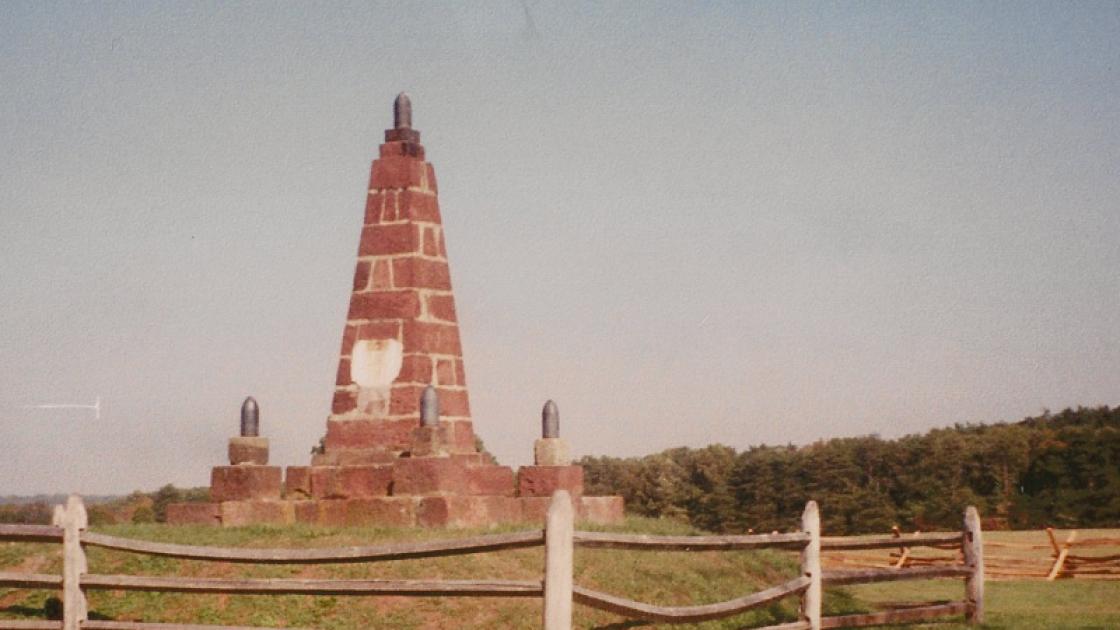
However, after leading the Valley army to success, Ewell held a vastly different opinion: “Jackson’s no fool…he has a method to his madness.” That “madness” could have been considered a shared trait between the two, perhaps explaining why Jackson trusted Ewell above his other subordinates.
Jackson’s movement around Pope’s right had accomplished its objective: on August 27, Pope began pulling back from the Rappahannock and concentrating toward Manassas. The next evening, one of his divisions was spotted by the Rebels as it marched across Jackson’s front. With little warning to his subordinates, Jackson elected to attack, expecting the order to be obeyed instantly and without question. Ewell, a career soldier, was accustomed to such commands and immediately set about preparing his men for the coming fight.
The Confederates moved out of the tree line smartly, with Taliaferro’s division closer to the Brawner Farm buildings and Ewell’s on the left, stretching eastward toward Groveton. Ewell’s men were led out by Brig. Gen. Alexander Lawton’s brigade of Georgians, followed by a mixed Alabama-Georgia-North Carolina brigade commanded by Brig. Gen. Isaac Trimble.
Baptism by Fire
The Union troops that Jackson’s men strode out to meet had spent August 28 on the march, in search of the Rebels. Among them was Brig. Gen. Rufus King’s division, his four brigades commanded by Abner Doubleday, John Gibbon, John P. Hatch and Marsena R. Patrick. As evening arrived, King’s men were marching east along the Warrenton Turnpike. The lead elements of Hatch’s brigade had just reached the hamlet of Groveton when Confederate artillery materialized along a high ridge to their left. The Federals had finally found Jackson.
Hatch was not alone in reacting to this threat. John Gibbon, the former artillerist in command of the next brigade in the march, immediately deployed a battery to counter the Confederates. Knowing that the bulk of his brigade was untested in battle, Gibbon elected to commit his one veteran regiment, the 2nd Wisconsin, to support his artillery.
As they crested the ridge, the Badgers were met by an astounding site — Jackson’s thousands advancing directly toward their lone regiment. Bearing down on them was the vaunted Stonewall Brigade, but rather than being swept from the crest, the men from Wisconsin stood their ground and began pouring volleys into the oncoming Rebels. The stiff resistance brought the Stonewall Brigade to a halt, and the battle was joined in earnest. Realizing that the Badgers could not hold on for long, Gibbon committed a second regiment, the 19th Indiana.
The Hoosiers came on line to the left of the Badgers, a short distance from John Brawner’s farmhouse. Despite the additional Confederate brigades entering the fight, the inexperienced Hoosiers stood their ground. Realizing the enormity of the fight on his hands, Gibbon directed the 7th Wisconsin to the right of the 2nd Wisconsin, matching them up against a brigade of Georgians commanded by Alexander Lawton.
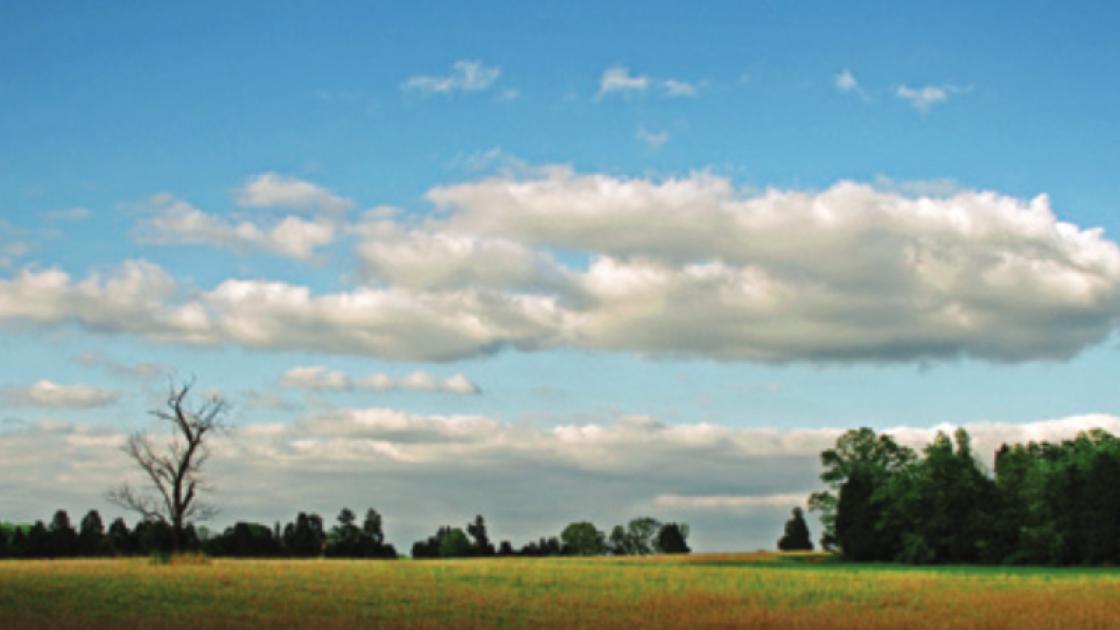
Lawton’s Georgians unleashed a withering fire on the Wisconsin soldiers, and the musketry rose in intensity. With the 19th Indiana and the Wisconsin regiments facing him, Ewell committed Trimble’s brigade to the fight. As Jackson moved to utilize his superior numbers, Doubleday’s New Yorkers and Pennsylvanians moved off the turnpike and took up positions supporting Gibbon. The final Confederate reinforcements consisted of Col. A.G. Taliaferro’s brigade, its leader a kinsman of his division commander, Brig. Gen. William Taliaferro.
With the insertion of fresh troops, the Battle of Brawner’s Farm reverted to a stand-up slugfest with few maneuvers from either side. In some places, the lines were a mere 80 yards apart. As the infantry soldiers were fed into the combat, they were greeted with terrific small arms fire. At such close range, men’s uniforms were burnt from the eruption of their enemies weapons. Both sides matched each other volley for volley, with neither willing to retreat. As dusk settled over the battlefield, the firing died down.
The fields around John Brawner’s farm were strewn with the dead and dying of both armies. Gibbon’s brigade suffered nearly 40 percent casualties, and Confederate casualty returns reached as high as 70 percent. All told, roughly one of every three men who participated in the fight became a casualty. One of the wounded was Richard Ewell, who was struck in the left leg; the bullet entered through the knee cap and the leg was shattered. The next day, under Ewell’s protest, the limb was removed above the knee.
The outcome of the engagement was overshadowed by the next few days of fighting, yet Brawner’s Farm was etched in the memory of the rank and file. Many of the combatants remembered the fight was one of the hottest infantry duels of the war.
Ramifications of Brawner’s
Ewell’s wound required the amputation of his left leg. Following a lengthy recovery, he returned to duty in May 1863, in the wake of the Battle of Chancellorsville. As part of the reorganization of the Confederate army necessitated by the death of Jackson, Ewell was elevated to command the Second Corps, at the rank of lieutenant general.
His record, prior to being wounded, warranted the promotion, but with the shift, Ewell’s responsibilities changed dramatically. No longer was Jackson there to give the orders for him to obey. Now, Ewell would receive orders from Lee, whose unfamiliar command style differed greatly from what he had known under Jackson. Further, Ewell was responsible for relaying orders to three divisions under his command, as well as the organization and overall control of his corps. This change of environment and structure proved to be quite confusing and frustrating to Ewell in the coming months.
In June 1863, Ewell moved his Second Corps to the Shenandoah Valley, where he quickly proved his adherence to Jackson-like maneuvers in defeating Union forces in the Second Battle of Winchester. He conducted the rest of his corps’s march into Pennsylvania skillfully, spreading out his three divisions to maximize effectiveness. On July 1, 1863, after routing the Union XI Corps north of Gettysburg, Ewell sent divisions under Maj. Gens. Jubal Early and Robert Rodes to take up positions around the town. A third division under Maj. Gen. Edward Johnson continued its march toward Gettysburg.
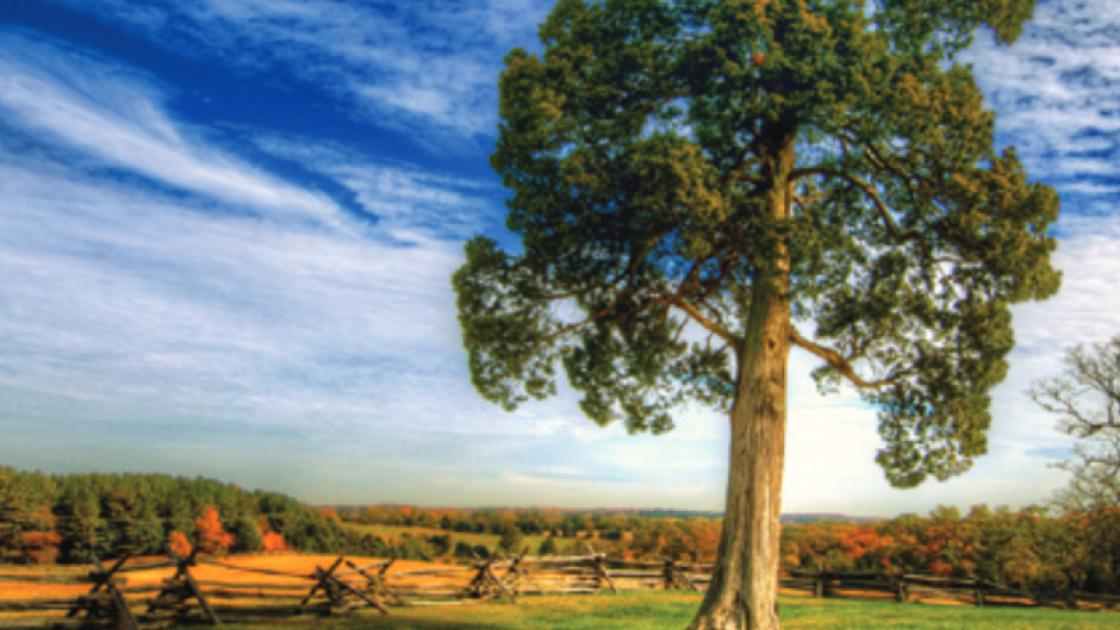
The feeling of victory must have been euphoric, yet Ewell hesitated in pressing his advantage, as he only had orders to advance to Gettysburg. As the afternoon wore on, Ewell received a message from Lee stating that if it was advantageous for him, he should assault and capture Cemetery Hill, an elevation south of Gettysburg. Later, supplemental orders from Lee, however, reiterated the original order to attack without bringing on a general engagement. These instructions confounded Ewell’s logic and ultimately, no assault was made.
As Jackson’s subordinate, Ewell had always been given direct orders — and been expected to carry them out aggressively. As a career soldier, he understood the breadth of these direct and straightforward missives, and saw how they should be executed. At Gettysburg, now a corps commander in his own right, he was expected to control the placement, movement and order of battle. The day had been one of great success until Ewell received the discretionary order concerning the assault, formulated with marked contrast to how Jackson had shaped his instructions to Ewell, who was left perplexed by this overall change. He was now in command and would make the ultimate decision whether to attack Cemetery Hill.
Although Ewell was given the decision as to whether to make the assault, one may wonder what affect his wound was having. He had always acted aggressively under Jackson but now this order gave him pause. Had he lost his confidence when he was struck by a Yankee bullet in Mr. Brawner’s fields, with hesitance now influencing his decisions? Additionally, it can be argued that Ewell’s injury and convalescence deprived him of valuable time serving under Lee. Until Gettysburg, Ewell had served primarily under Jackson’s direct command. Had he not been injured, Ewell would have spent significantly more time interacting with Lee and gaining a more thorough understanding of his command characteristics. Such an understanding may have tipped the scales in favor of an assault on Cemetery Hill.
The Battle of Brawner’s Farm shaped the character of Richard Ewell. The loss of his leg affected his confidence in his ability to command and hindered his judgment at a time when his superiors desperately needed to rely upon it. Unfortunately, this insecurity revealed itself at a critical moment in a crucial battle — and for his decision not to assault Cemetery Hill, Ewell has received his fair share of criticism. Brawner’s Farm set into motion events that eventually revealed an inadequacy in Ewell when acting as a subordinate commander. His mindset was firmly entrenched against acting at his own volition and required a steady directing hand from his superiors. The “terrific and deadly fire” of Brawner’s Farm would reverberate for the Southern Confederacy for the remainder of the war.
Related Battles
14,462
7,387

